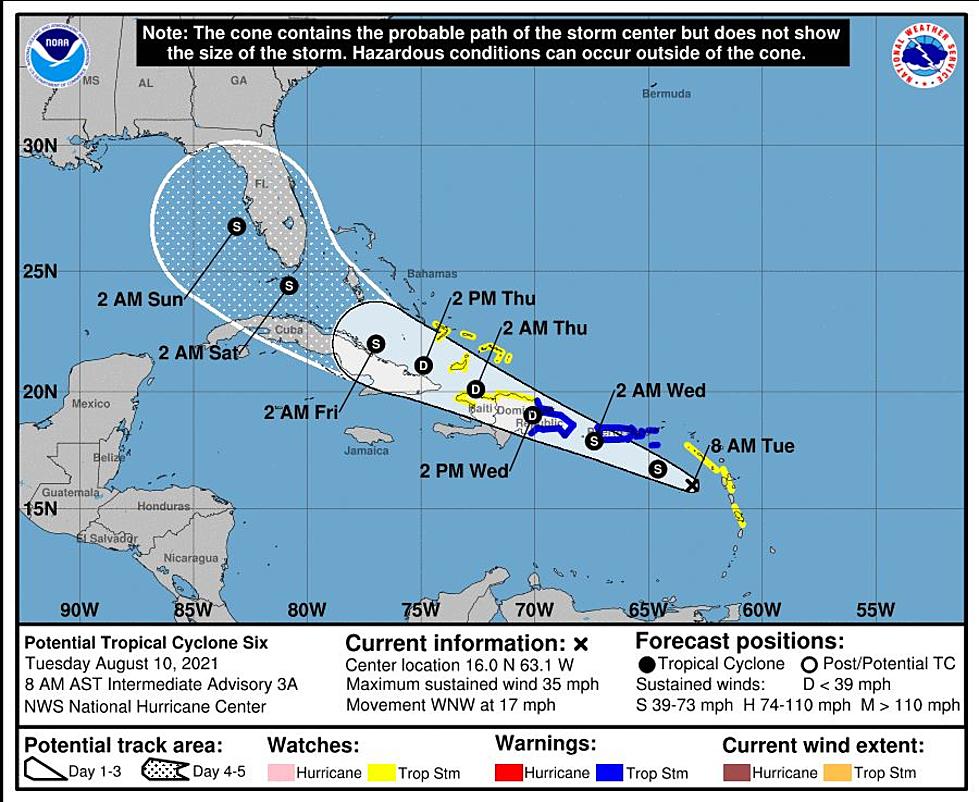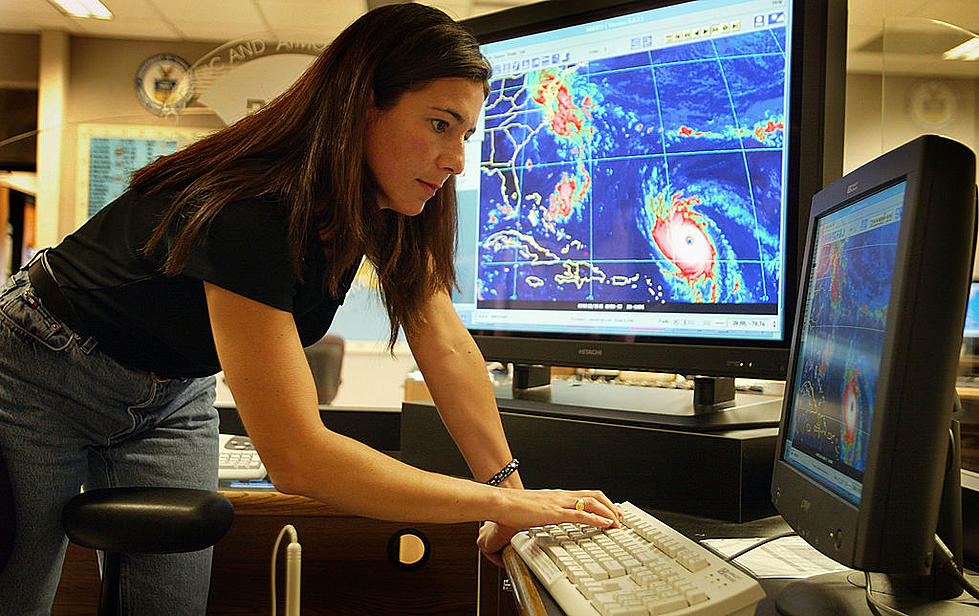
Hurricane Season: Still Watching the Tropics for Potential Development
Hurricane season is still in full swing, which doesn’t end until November 30, 2021. There are no signs of any potential slowdown of tropical development. We are currently monitoring Potential Tropical Cyclone Six, which is on track to develop into a tropical storm.

All Eyes on the Tropics
At this time, there are many suggested tracks for this system. However, there are a few variables that will come into play. At this moment, it is too early to determine any possible impacts on the Alabama Gulf Coast. However, I wanted you to have a heads up about this potential system in the eastern Caribbean.
Currently, Potential Tropical Cyclone Six could bring heavy rains and winds to the Caribbean. According to the Weather Channel, “Tropical storm watches and warnings have been issued from parts of the Lesser Antilles to the southeast Bahamas and Turks and Caicos. This includes a tropical storm warning for Puerto Rico and the Virgin Islands, where tropical storm conditions (winds of at least 39 mph) are expected to begin later Tuesday.”
Updated on Expected Named Storms
An early August updated from the National Hurricane Center suggests that “the number of expected named storms (winds of 39 mph or greater) is 15-21, including 7-10 hurricanes (winds of 74 mph or greater), of which 3-5 could become major hurricanes (Category 3, 4, or 5 with winds 111 mph or greater). This updated outlook includes the 5 named storms that have formed so far, with Hurricane Elsa becoming the earliest 5th named storm on record.”
What Does This Mean for Alabama?
Honestly, it is too soon to determine the long-term track of the storm towards Alabama. This truly is a wait to see what happens once the system tracks and reorganizes over the next few days.
(Source) Click here for more from the National Hurricane Center. Click here for more details from the Weather Channel.
LOOK: The most expensive weather and climate disasters in recent decades
KEEP READING: Get answers to 51 of the most frequently asked weather questions...
Amazing and Intriguing Weather Folklore
More From 95.3 The Bear









